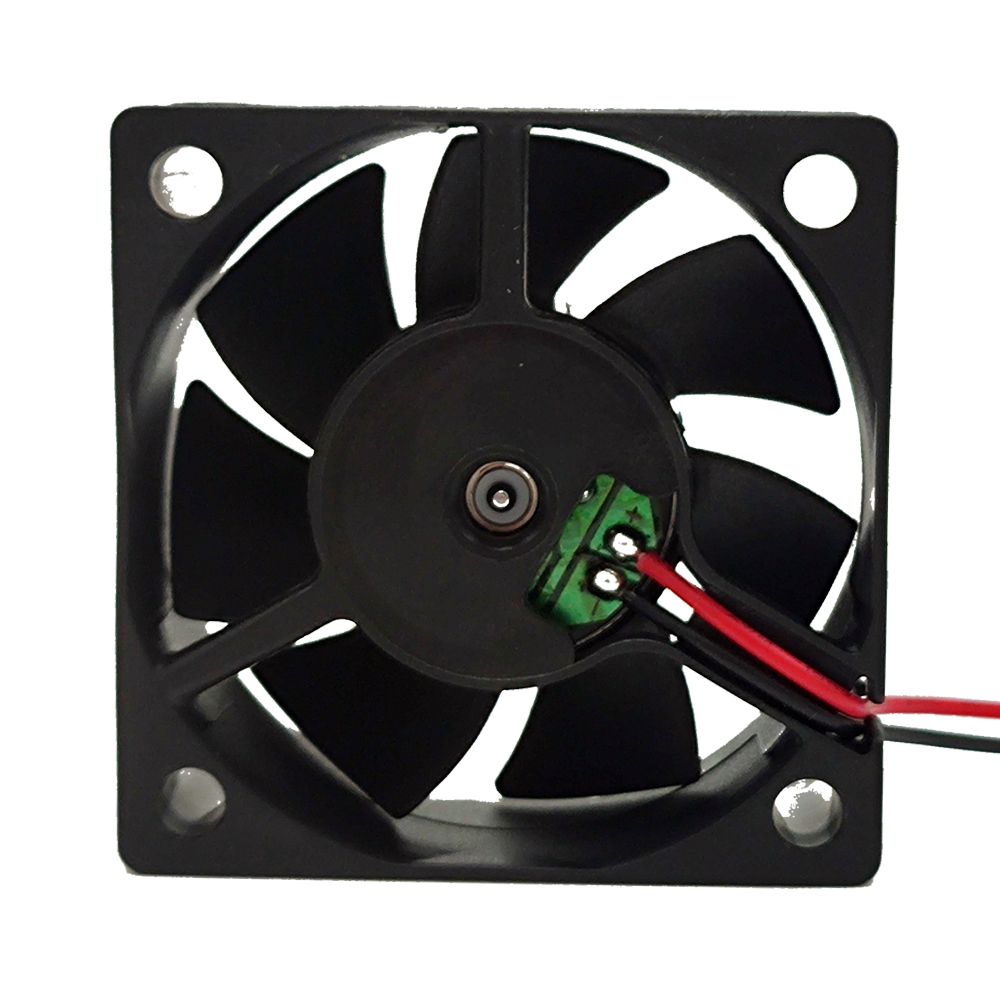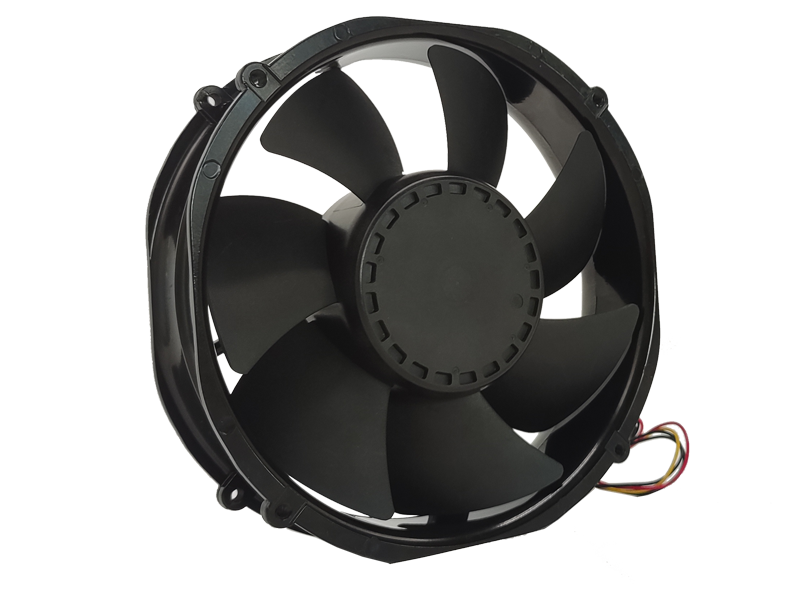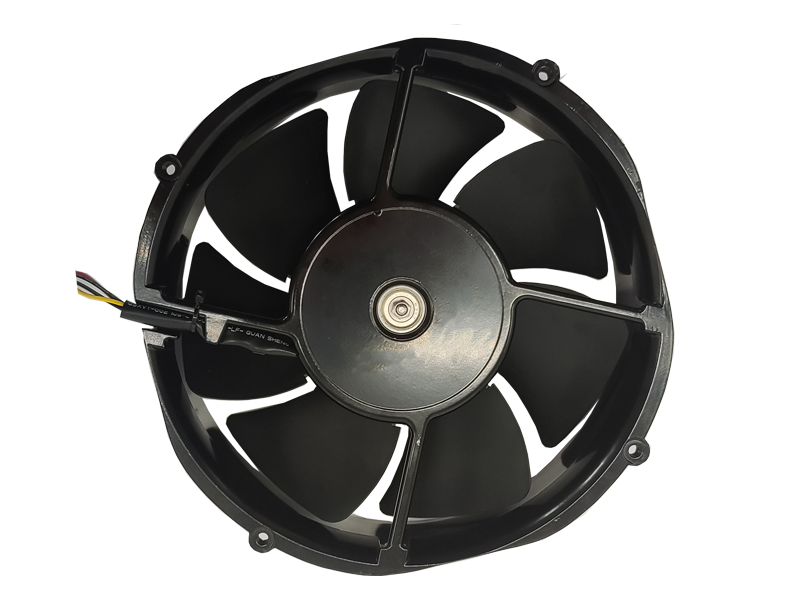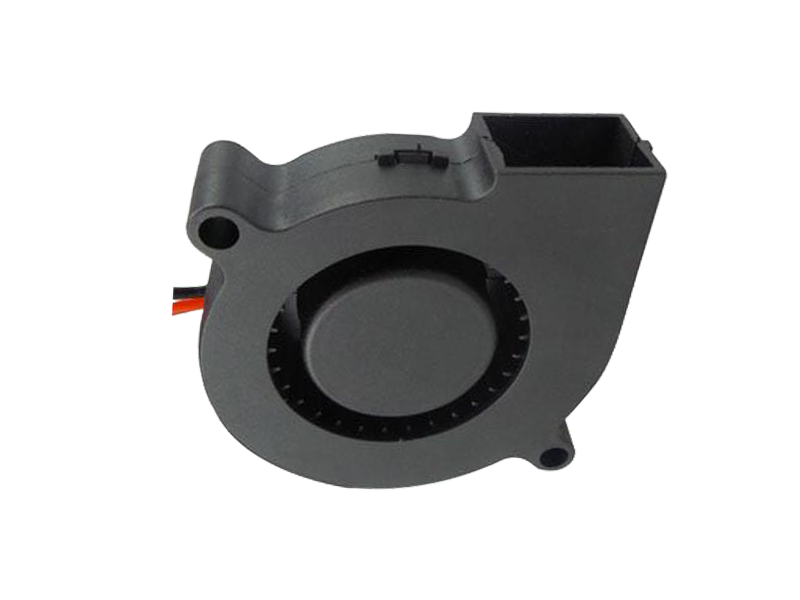Industrial fans serve a wide range of applications, from manufacturing facilities to agricultural barns, each with unique requirements for airflow, noise levels, and energy efficiency. This article examines the product perspective of industrial fans, focusing on how manufacturers tailor solutions to meet specific application needs.
Understanding Application Requirements
Each industrial setting presents unique challenges and requirements for air circulation. In manufacturing facilities, for example, fans may need to handle high temperatures and contaminants. In agricultural barns, fans must provide sufficient airflow to maintain animal health and comfort while minimizing noise pollution.
Manufacturers address these diverse needs by offering a range of fan types, including axial, centrifugal, and mixed-flow fans. Axial fans are ideal for high-volume, low-pressure applications, while centrifugal fans excel in high-pressure, low-volume scenarios. Mixed-flow fans offer a balance between the two, making them versatile for various applications.
Customization and Configuration
Beyond fan type, manufacturers offer customization options to tailor fans to specific applications. Blade pitch, diameter, and material can be adjusted to optimize airflow and energy efficiency. Motors can be selected based on power requirements, energy efficiency ratings, and compatibility with existing electrical systems.
Additionally, fans can be configured with accessories such as guards, dampers, and louvers to enhance safety, control airflow, and protect against environmental conditions. These configurations ensure that industrial fans are not only effective but also safe and reliable in their intended applications.

Noise Reduction and Environmental Considerations
Noise is a significant concern in many industrial settings, where high noise levels can affect worker productivity and health. Manufacturers are addressing this by designing fans with noise-reducing features such as aerodynamic blade shapes, sound-absorbing materials, and vibration-damping mounts.
Environmental considerations are also crucial. In sensitive environments, such as food processing plants or cleanrooms, fans must be designed to minimize contamination and comply with stringent hygiene standards. Manufacturers achieve this by using non-corrosive materials, easy-to-clean surfaces, and seal designs that prevent particle ingress.
Case Studies and Best Practices
Examining case studies of successful industrial fan applications provides insights into best practices. For instance, in a large manufacturing plant, the installation of high-efficiency axial fans with variable frequency drives significantly reduced energy consumption while maintaining consistent airflow. In an agricultural barn, the use of large-diameter centrifugal fans with noise-reducing features ensured optimal air circulation without disturbing animals or workers.
These case studies demonstrate the importance of understanding application requirements and tailoring industrial fans accordingly. By working closely with customers and leveraging advanced design and manufacturing capabilities, manufacturers can provide solutions that meet specific needs while ensuring efficiency, reliability, and compliance with environmental standards.
Recommended Products

The main purpose:Car charging station

The main purpose:Car charging station

The main purpose:Electronic refrigerators, water dispensers, direct drinking machines, inverter power supplies
Address:No. 4137, Longgang Avenue (Henggang Section), Henggang Community, Henggang Street, Longgang District, Shenzhen
hotline:13530005572(Chen)15112579390(Li)


Welcome all friends to come for consultation and negotiation.
Copyright 2024 @ Shenzhen Youneng Xinyuan Electronics Co., Ltd.,(industrial fans,industrial blowers,axial fans,cooling fans manufacturer,centrifugal fans,ac cooling fans,dc cooling fans)